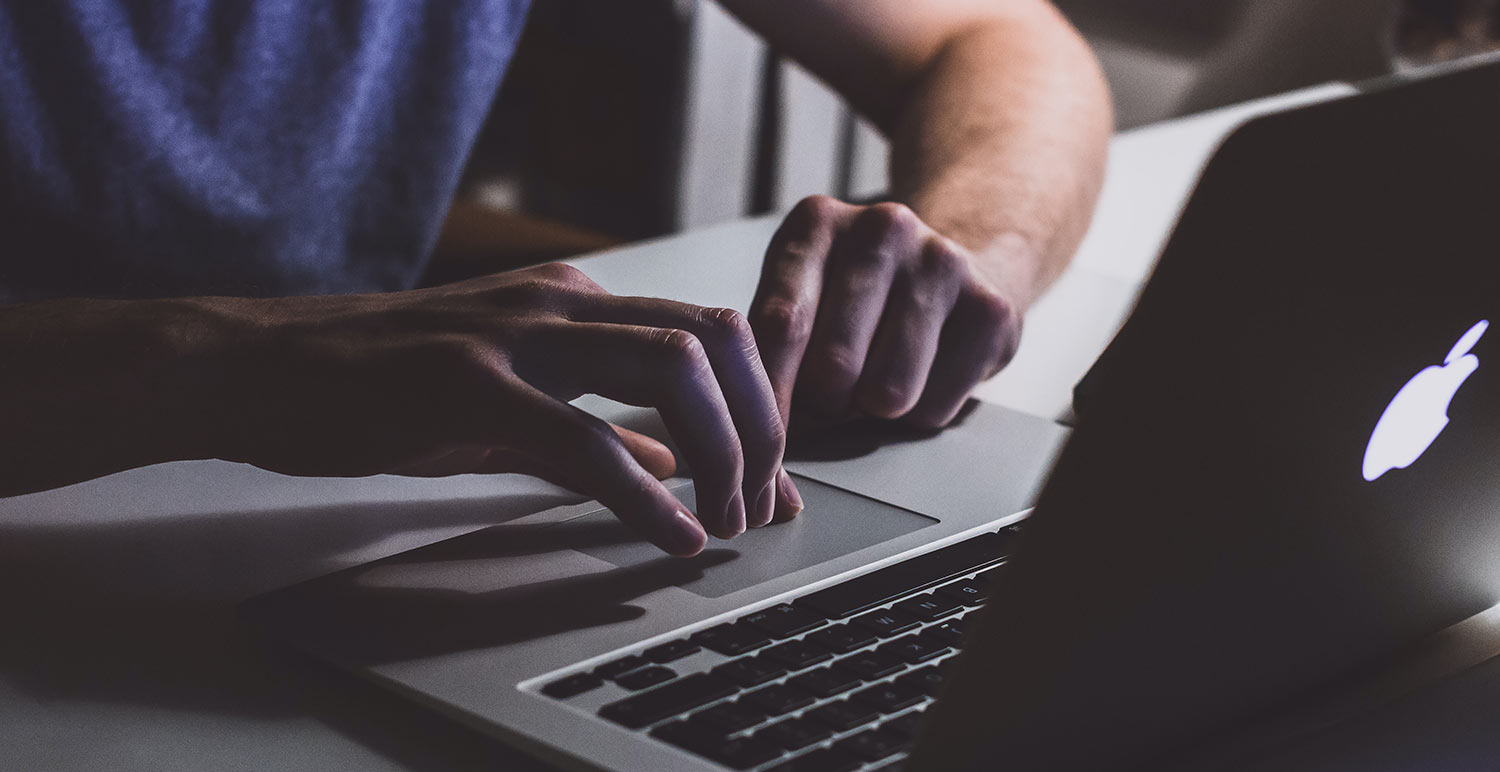If you are experiencing family or domestic violence, the person using violence may use technology to control, watch, harass or harm you. If you are experiencing technology-facilitated abuse, know this behavior is never ok. You will find on this page some general information about how to stay safe online, including on social media.
Quick Tips to Staying Safe Online
- Use a safe device
- Make sure you are using a safe device. A safe device is a device that cannot be accessed by the person using violence. This could include a trusted friend’s device or a public computer at a library or workplace.
- Set up a new email account
- Set up a new email account that only you can access from a safe device. Do not use your name in the email address. Use this new email account for safety planning, such as setting up new bank accounts or contacting services. If you need another email address to verify your identity, use that of a trusted friend or family member and avoid using email addresses or phone numbers the person using violence may have access to. Keep using your old email account for communication that is not likely to upset the person using violence or make them suspicious. If you feel that the person using violence has access to this new email address, immediately set up a new one on a safe device.
- Avoid using saved passwords to access your accounts
- If you are using saved passwords to automatically log into your accounts, it may be easier for a person using violence to gain quick and easy access to your accounts. Change the passwords on all online accounts and do not save the new password in your browser.
- Add passcodes, pins or passwords to all devices
- Add a new passcode or pin to your device and set auto lock to one or two minutes. Do not use passwords that are easily guessed (birthdates, family member names, pets’ names, favourite foods, colours, email addresses, etc.)
- Leave your device at home
- If you think the person using violence is tracking your location through your device, leave it at home as often as you can, especially if you are visiting a support service for help. Restrict apps that use your location, make sure your location services are turned off and that you are not sharing your location.
- Use ‘private’ or ‘incognito’ mode when browsing the internet
- This will stop your browser history being recorded. Alternatively, delete the recent browser history after use, particularly after visiting any websites which you do not want the person using violence to know about.
- Sign out
- Always sign out of social media and email accounts rather than just closing the window.
Top Tips for Social Media Safety
The following tips may help you protect your social media accounts:
- Check your privacy settings
- Make sure your social media accounts are set to private. For details on privacy settings on apps, see this guide. Check these settings regularly as updates to software and platforms can change the way privacy settings work.
- Be careful who you accept as a friend or follower
- Only accept trusted people you know as friends and followers on social media platforms. Your friends may not have private accounts and might be able to publicly share information about you. Have this conversation with your friends and followers, let them know what your personal rules are on social media.
- Think about what you post
- Anyone can screenshot what you post on your social media so where possible, consider the following guidelines to help keep you safe:
- Avoid posting personal details such as your address, email address, phone number and birthdate.
- Consider how much identifying information is in the photos or videos you plan to share. Could someone find out where you are if you are pictured at a well-known venue or at someone’s house? Could the person using violence work out regular patterns in your day-to-day routine?
- Avoid checking yourself into places or venues.
- Avoid adding hashtags to anything you do not want to become public.
- Consider disabling location services on all your devices.
- Ask friends and family not to check you in, ‘tag’ you or post anything about you publicly.
- Change your settings in order to prevent others tagging you or checking you in without your approval.
- Anyone can screenshot what you post on your social media so where possible, consider the following guidelines to help keep you safe:



